If you’re thinking of pursuing a graphic design degree, it’s smart to explore your options. The worst thing most students fear of getting a degree is they might not be able to find a job or would be limited in their career.
Despite these fears, a graphic design degree offers a plethora of opportunities for aspiring designers.
In this article, we’ll explore what a graphic design degree teaches us, the opportunities it offers, and some career paths you can consider to pursue with your graphic design degree.
Is Graphic Design a Good Degree?
Many fresh graduates start doubting their choice of degree when they first pass out of university and are unable to find a job. Not being able to find a job while being drowned in student loans may make many once enthusiastic designers hopeless.
But, for a graphic designer, reality is different. Most graphic design degree holders think that they only have the option of being a graphic designer. In reality, graphic design opens up a whole array of options for designers to consider.
Just think about it, who doesn’t need a graphic designer? Graphic design is everywhere you go!
Take a walk to the nearest supermarket and you’ll start to see it. Those big bold promotions, the large advertising boards, and the colorful flyers offering a new deal – all of that is made possible because of a graphic designer.
So, let’s get straight into some graphic design career options for you to explore.
10 Graphic Design Career Options to Explore
With a graphic design degree in hand, there’s a high chance you’ve learned the fundamentals of graphic design, design theory, animation, and 3d modeling. Alongside the technical skills, you would’ve also had the opportunity to acquire some soft skills like communication and working as a team.
These skills alone make you a highly valuable candidate for many jobs that require a designer.
Below, we discuss 10 graphic design career options to explore with your graphic design degree:
1. Web Designer
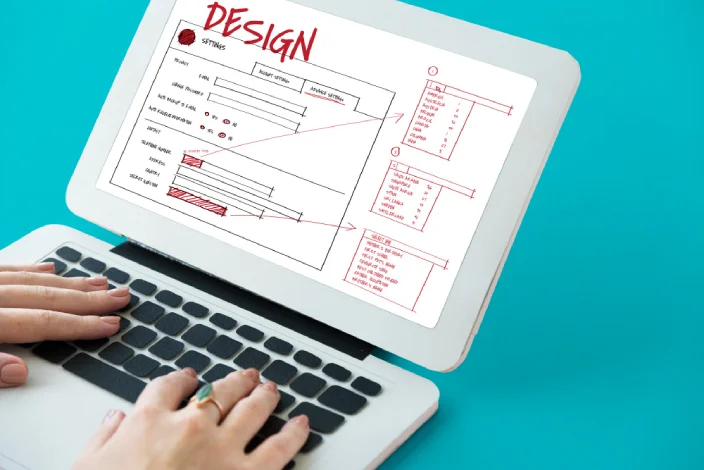
Web designing is the process of creating and designing websites including designing the graphical interface, the structure of the website, navigation menus, and other web design elements. Web designers are in high demand and may be tasked with not only creating graphics for web pages but also building out websites with programming languages like HTML, CSS, and Javascript.
Responsibilities of Web Designers
- Creating and presenting concepts through sketching and wireframing
- Designing and building web pages or elements to enhance the look and feel of a website
- Conducting client meetings to discuss client requirements and briefs
2. Graphic Designer

The first obvious choice for any person with a graphic design degree is to become a graphic designer. Graphic designing is the process of communicating a message visually through the use of imagery, typography, illustration, and composition.
Graphic designers are required to create design elements such as logos and illustrations for a company or client. You also have the option to work in traditional mediums such as print advertising or digital mediums like creating digital ads or presentations.
But, is graphic design a high paying job? Yes, the average salary of a graphic designer in the U.S. is $53,358 or around $20 per hour (source).
Responsibilities of Graphic Designers
- Using design theory, typography, illustrations, and imagery to create designs
- Communicating with a creative team to design visuals for marketing campaigns
- Conveying a brand’s image and message to its target audience through graphics
3. UX Designer
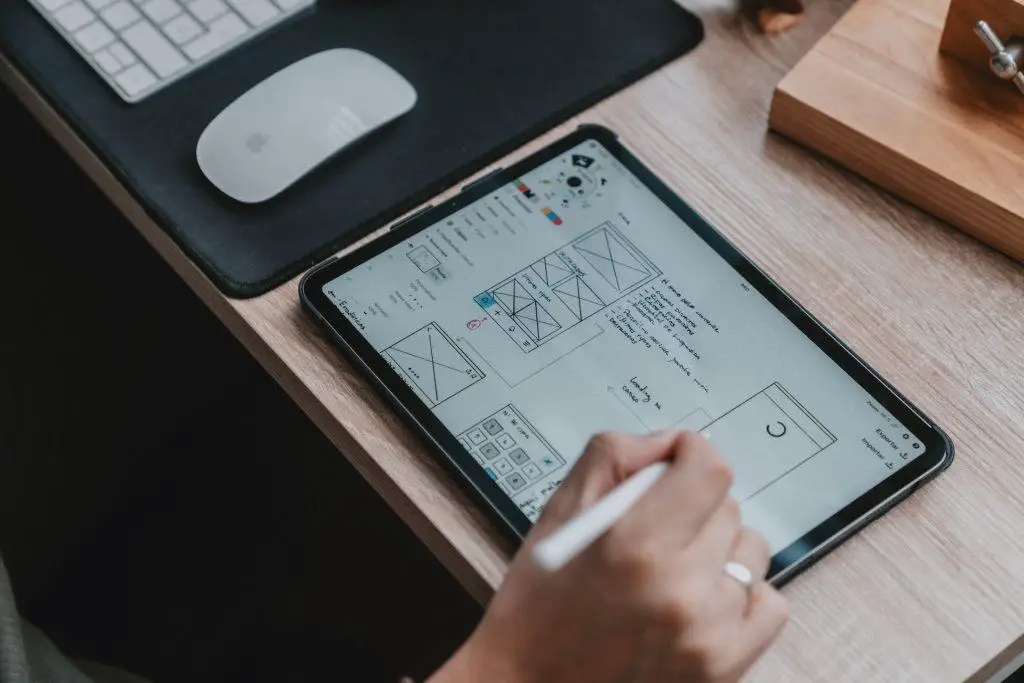
A UX designer focuses on improving the experience of end-users for a particular process, product, or service. They participate in all aspects of the design of a product and work on making the user experience smooth, intuitive, and pleasurable.
UX designers extend beyond just designing an app or website and conduct user testing to understand how users would interact with the product and how to make that interaction as seamless and accessible as possible.
Responsibilities of UX Designers
- Meeting with clients for gathering information and discussing goals
- Conducting user testing to get feedback on products to improve them further
- Researching the target market and creating user personas and customer journey maps
- Designing and developing appealing, accessible, and seamless website or apps
4. UI Designer
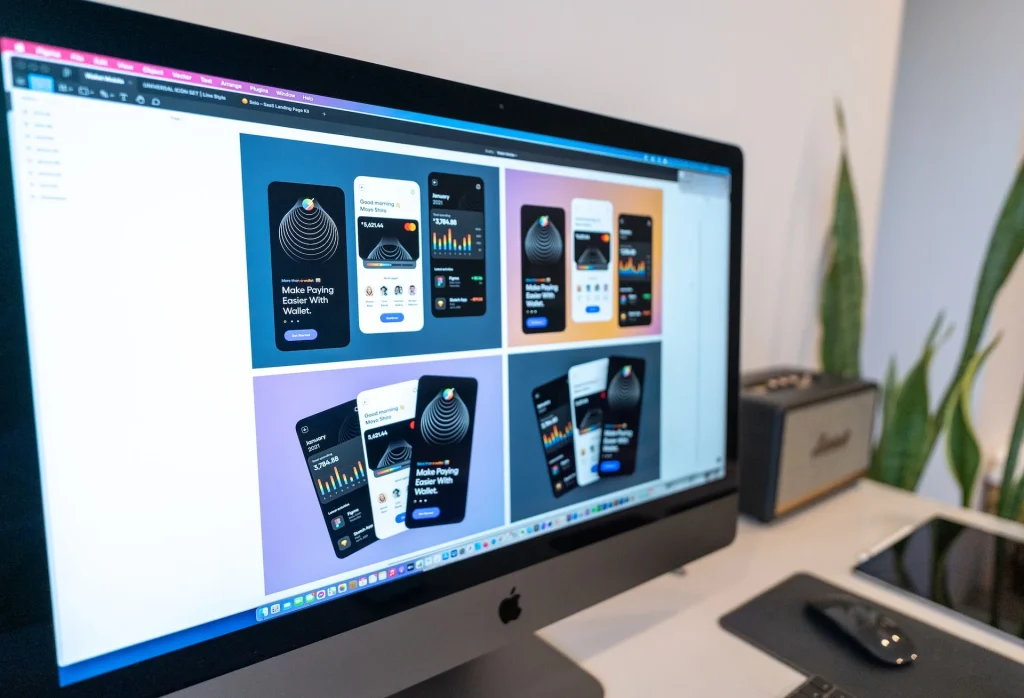
UI designers create the interface of an app or website – basically, the things you see on your screen. A UI designer’s main purpose is to design interfaces that are aesthetically pleasing, interactive, and easy to navigate.
Typically, UX and UI designers work together to achieve a similar goal – enhancing the user experience. But, UX designers create a customer map and focus on ways to enhance the experience, whereas UI designers work on creating visually appealing designs that transition UX design into a reality.
Responsibilities of UI Designers
- Developing visually appealing interfaces for apps and websites
- Generate design prototypes and test UI designs
- Ensuring consistency in a brand’s image by following a set of guidelines
- Using programming languages to handle the front-end of an application
5. Multimedia Artist or Animator
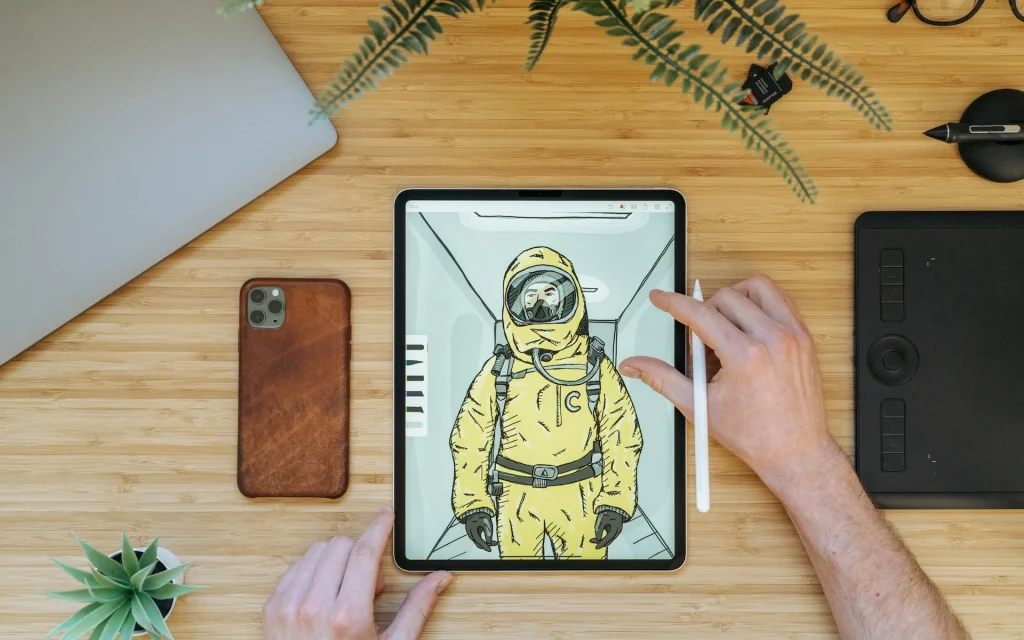
A multimedia artist or animator makes use of software and creative skills like drawing and sketching to create animations, effects, and graphics for media. Multimedia artists usually choose to specialize in a field such as animation, 3d design, or video game design. This allows them to narrow down their expertise to one thing rather than jump from visual form to another.
Responsibilities of Multimedia Artists
- Using a variety of technical and creative skills to create animations, effects, or graphics for media
- Working with directors to create specific imagery for a project or media productions
- Brainstorming story plots, ideas, and development to create animated scenarios
6. Art Director

An art director is responsible for the output of the design team. They oversee other designers and workers and determine the best plan of action to create designs that match a business, client, or project’s main objectives.
As an art director, you would be developing a strategy for representing a visual concept and creating advertising campaigns. This is a management position, so you’ll also be dealing with clients, setting budgets and deadlines, and reviewing and approving designs.
Responsibilities of Art Directors
- Establishing budgets, deadlines, and guidelines for team of designers
- Determining the best strategy on representing visual concepts to clients
- Leading client meetings and understanding their goals and objectives
- Developing advertising campaigns that capture the brand’s message and image
- Overseeing design team and coordinating them to work together
- Reviewing and approving design work from subordinates
- Presenting designs and visual concepts to clients
7. Illustrator
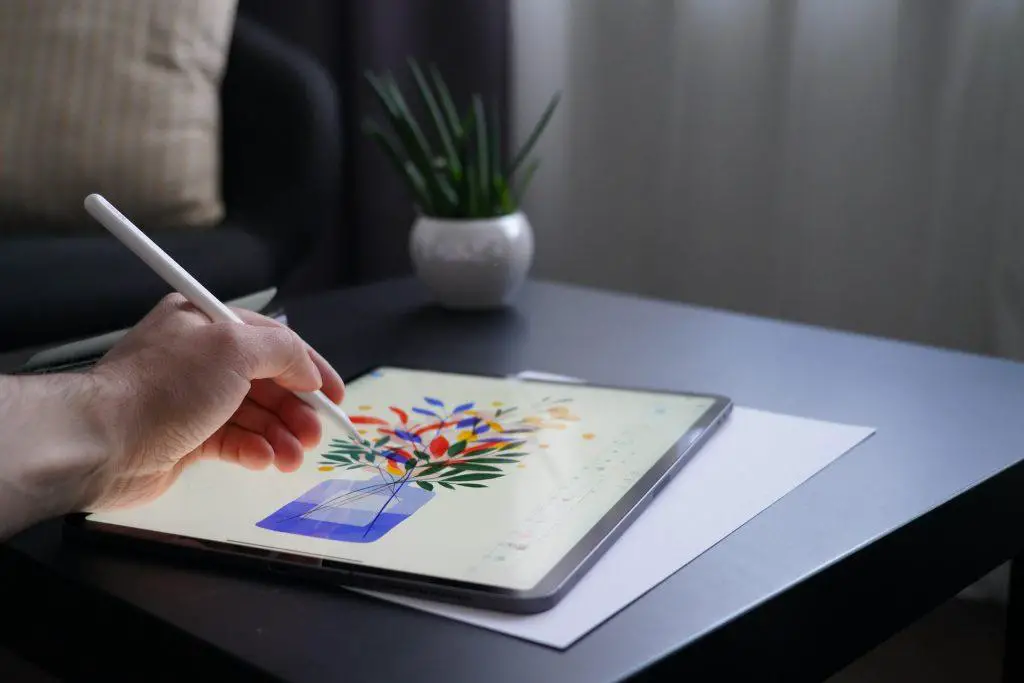
An illustrator creates illustrations with a digital drawing/graphics tablet. These are talented individuals who create graphics for book covers, posters, websites, and many other platforms.
Responsibilities of Illustrators
- Meeting with clients and discussing goals and objectives
- Creating illustrations for a variety of marketing campaigns
- Using industry standard illustration software for creating illustrations
8. Brand Identity Designer

A brand identity designer develops a brand image, message, and identity for a new brand or to redesign an existing brand. Brand designers typically specialize with a professional background in graphic designing.
They are mainly responsible for working with clients and understanding their briefs – which include their goals – to develop a brand strategy that encapsulates their message clearly and effectively.
Responsibilities of Brand Identity Designers
- Communicating with clients to understand branding objectives
- Designing the brand identity including logos, fonts, merchandise and other relevant materials
- Establishing a style guide that outlines guidelines for the brand
- Creating a website and/or app that encapsulates the brand image
- Running advertising campaigns to increase brand awareness
- Coordinating design teams to reach the client’s goals
9. Product Designer

Product designers are responsible for creating the visual aspects of a product. Sometimes product designers might overlap with other positions such as UX designer, UI designer, information architect, and others.
However, product designers only focus on the product creation process and aim to create visually appealing products that capture the attention of its target audience.
Responsibilities of Product Designers
- Defining the problems and making a product design that solves those problems
- Conducting user research to create human-centered product designs
- Creating prototypes for visually representing product designs to stakeholders
10. Game Designer

Game designers create assets, graphics, animations, and visual effects for games. These can either be video games meant for digital screens or designing resources for traditional board games.
What a game designer does depends on the type of work he chooses. Video game designers will be responsible for designing 2D and 3D models for environments, vehicles, characters, and props. They’ll also work on creating effects such as lighting, shadows, and textures to enhance the visual aspects of the game.
Responsibilities of Game Designers
- Creating visual assets such as characters, props, and environments for video games
- Using game design software to make the resources for the game
- Coordinating with other departments to combine the game elements
What Do Most People Do With a Graphic Design Degree?
You would now have a good idea of the limitless possibilities a graphic design degree brings you. But, you might be confused or maybe even overwhelmed by the amount of choices you have – making it difficult to choose the right one for you.
Looking at some common career paths could help you decide which one has a foreseeable future.
Based on the “What Do Graduates Do?” Survey conducted in the UK, the majority of design graduates (57%) worked in Arts, design, and media. Here are some other interesting stats from the study:
Where Did Graphic Design Graduates End Up?
| Destination | Percentage of Students |
|---|---|
| Working full-time | 53.1% |
| Working part-time | 24.9% |
| Working and studying | 6.9% |
| Pursuing further studies | 3.4% |
| Unemployed | 6.2% |
| Other | 5.4% |
Types of Work Taken on by Design Students
| Type of Work | Percentage of Students |
|---|---|
| Arts, design, and media professionals | 39.3% |
| Retail, catering, waiting and bar staff | 15.4% |
| Marketing, PR, and sales professional | 11.8% |
| Clerical, secretarial, and numerical clerks | 6.7% |
| Skilled trades, crafts, and other vocational occupations | 4% |
| Others | 22.7% |
Conclusion
Many graphic design students tend to stress about not finding a fulfilling job. It’s the fear of getting stuck in a 9-5 job they would aboslutely dread.
However, most graduates don’t realize the potential of a graphic design degree and all the options it offers. In this article, we discussed 10 viable career options for graphic design degree holders and gave you an idea of what the market looks like for recent design graduates.
Everything is very open with a really clear clarification of the
challenges. It was really informative. Your site is useful.
Thank you for sharing!